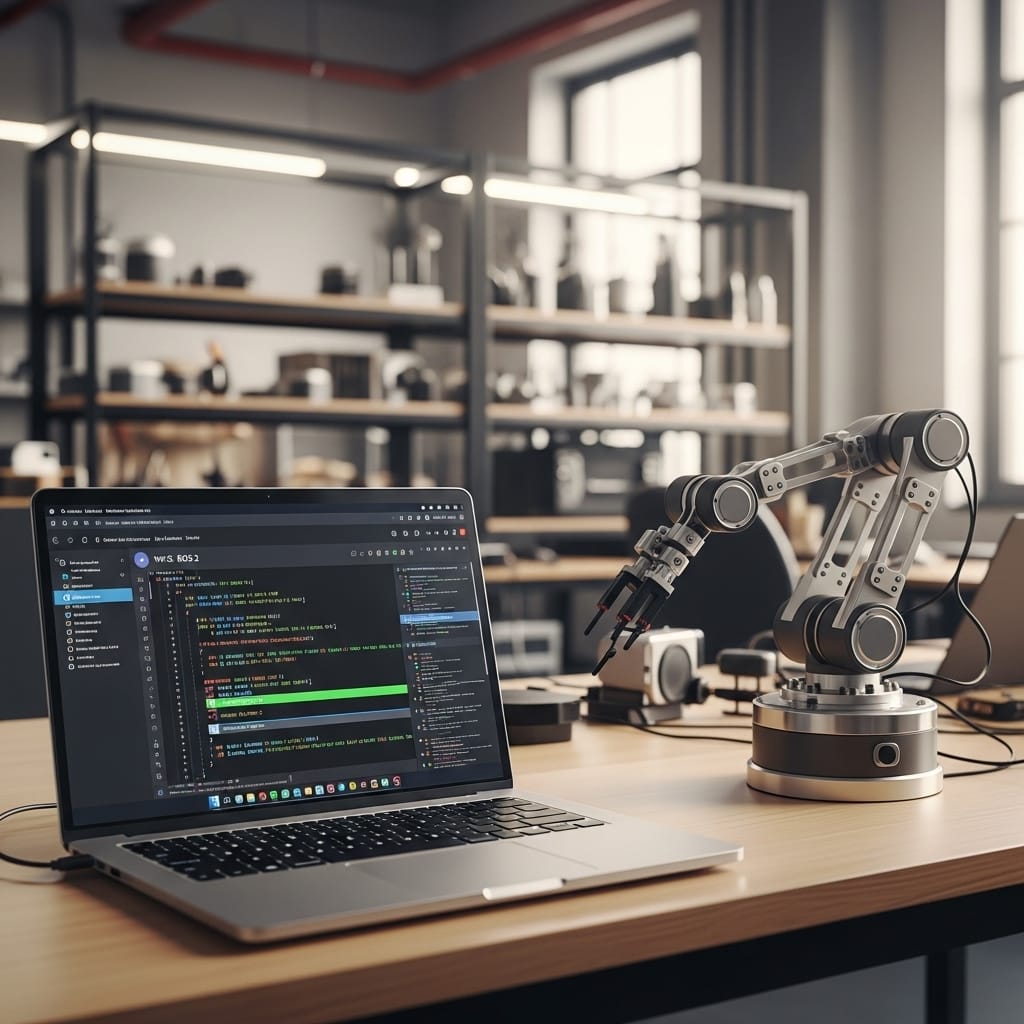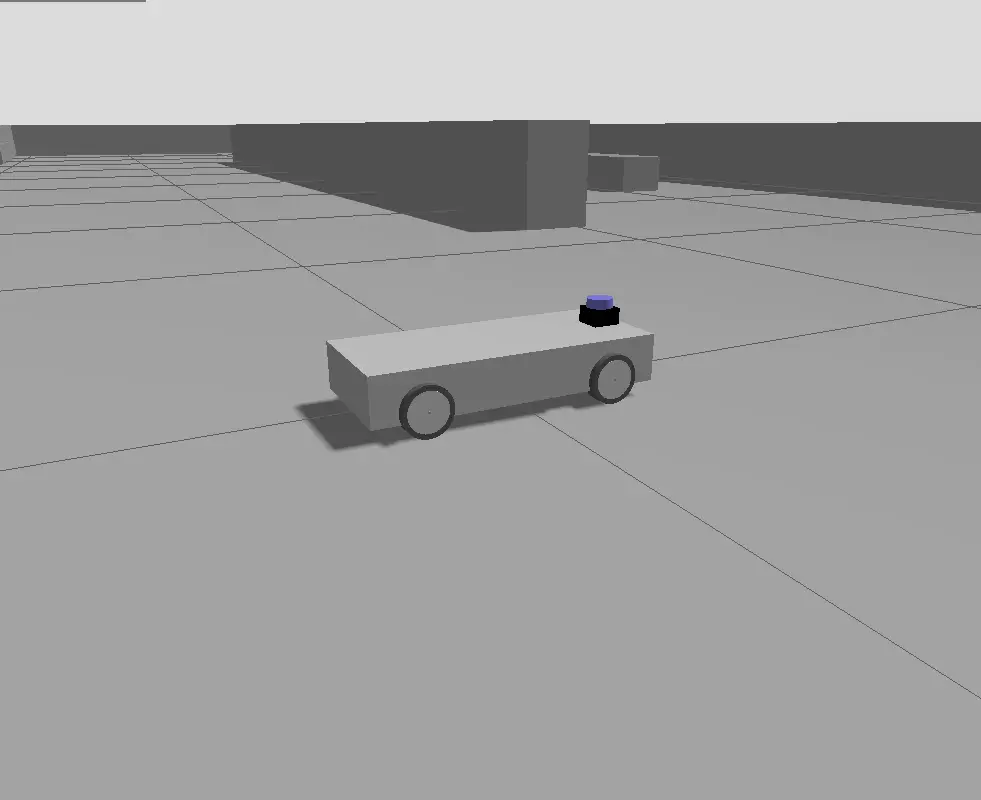
✨ ROS 2 C++ Debugging Setup with VS Code
For our developers working in robotics in Berlin with ROS
As self-driving cars become more advanced, one technology continues to be at the forefront of innovation: LiDAR (Light Detection and Ranging). This cutting-edge sensor system helps autonomous vehicles “see” the world with incredible detail and precision. But what exactly is LiDAR, and why is it so essential for autonomous driving?
Let’s dive into the role LiDAR plays in shaping the future of transportation.
LiDAR is a remote sensing technology that uses laser light to measure distances to surrounding objects. It emits rapid pulses of light (often hundreds of thousands per second) and calculates how long they take to return after hitting an object.
This allows the system to create a detailed 3D map of the environment—much like how bats use echolocation, but with light instead of sound.
Autonomous vehicles rely on a combination of sensors to navigate, including cameras, radar, ultrasonic sensors, and LiDAR. Among these, LiDAR offers unique advantages:
LiDAR provides an accurate 360-degree 3D view of the car’s surroundings. This map helps the vehicle recognize lane markings, road edges, curbs, trees, buildings, and pedestrians with high precision.
Unlike cameras that depend on visible light, LiDAR works in complete darkness or challenging lighting conditions. It ensures safety and consistent performance even at night or in poor weather.
With its fast processing and high refresh rates, LiDAR enables cars to quickly detect and avoid obstacles, making it crucial for real-time decision-making.
| Sensor Type | Strengths | Weaknesses |
|---|---|---|
| LiDAR | High accuracy, works in the dark | Expensive, struggles in heavy rain |
| Camera | Rich color detail, inexpensive | Poor depth perception in low light |
| Radar | Penetrates fog and rain | Low resolution, less precise |
| Ultrasonic | Good for short-range detection | Limited range and accuracy |
Each sensor has strengths and weaknesses, but LiDAR provides an essential layer of redundancy and accuracy in the overall sensor fusion system.
While LiDAR is powerful, it’s not without challenges:
Cost: Traditional spinning LiDAR units are expensive, making mass production difficult.
Size & Integration: Bulky designs are hard to integrate into sleek car bodies.
Weather Sensitivity: Fog, snow, or heavy rain can interfere with accuracy.
However, emerging solid-state LiDAR and chip-based LiDAR systems are solving these issues by offering smaller, more affordable, and robust alternatives.
Companies like Waymo, Tesla, Cruise, and Uber ATG have been experimenting with LiDAR for years. While some (like Tesla) focus on camera-first systems, most others rely on a mix that includes LiDAR for safe, reliable driving.
LiDAR is not limited to cars. It’s also used in:
Robotics for navigation and object detection
Drones for terrain mapping
Agriculture, construction, and even archaeology
Educating students on LiDAR technology equips them with skills for AI, robotics, and smart transportation—making it a great topic for STEM learning programs.
LiDAR technology plays a critical role in enabling autonomous vehicles to perceive and interact with their environment. Its precise, high-resolution data empowers self-driving systems to make smarter, safer decisions.
As the technology becomes more compact and affordable, we can expect to see it integrated into more consumer vehicles, delivery robots, and even home automation systems. Understanding how it works today prepares us for the smart mobility solutions of tomorrow.
Join our robotics workshop in Berlin and empower yourself into Lidar technology in autonomous driving

For our developers working in robotics in Berlin with ROS

The world of robotics is undeniably exciting, and getting hands-on